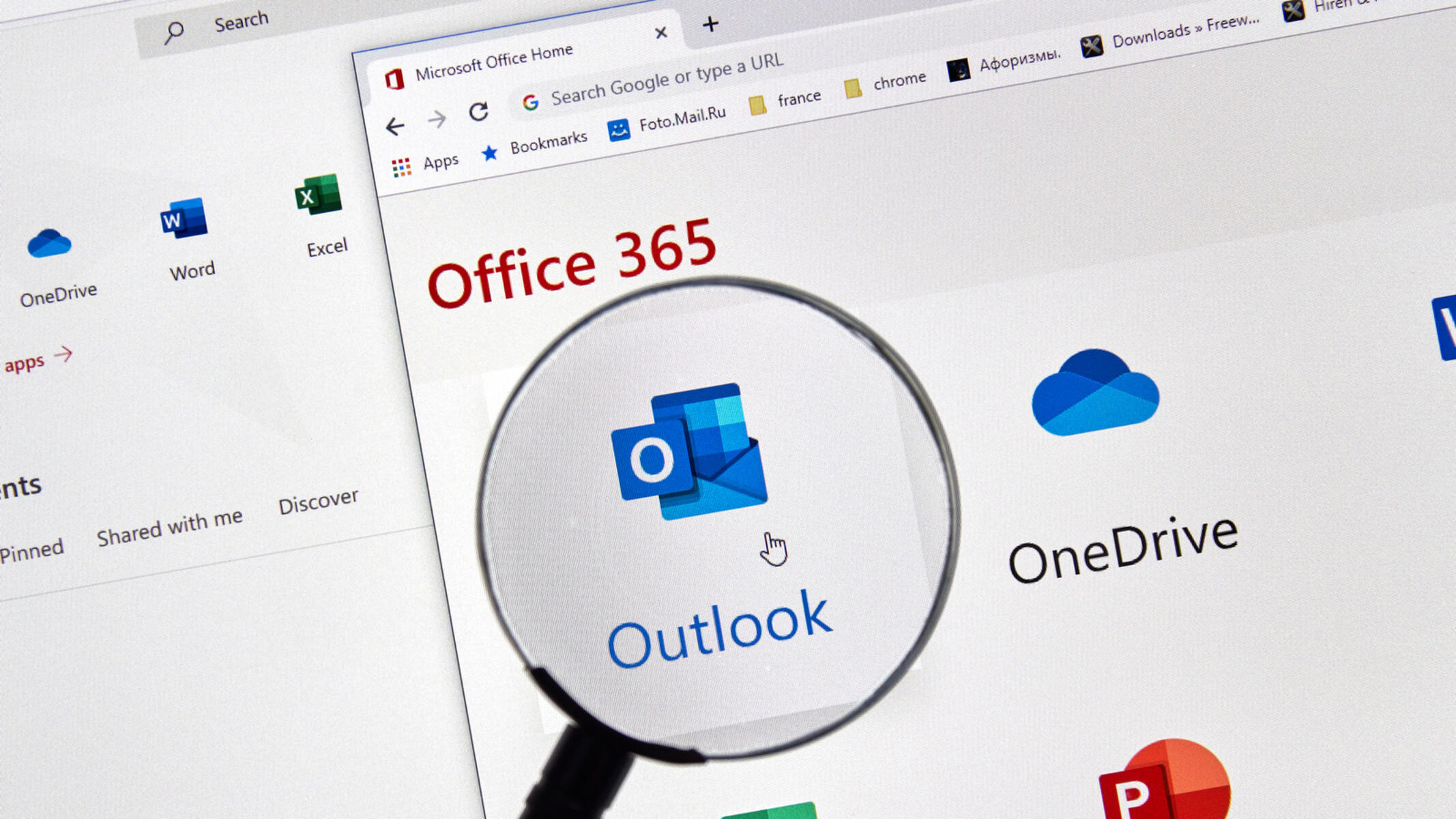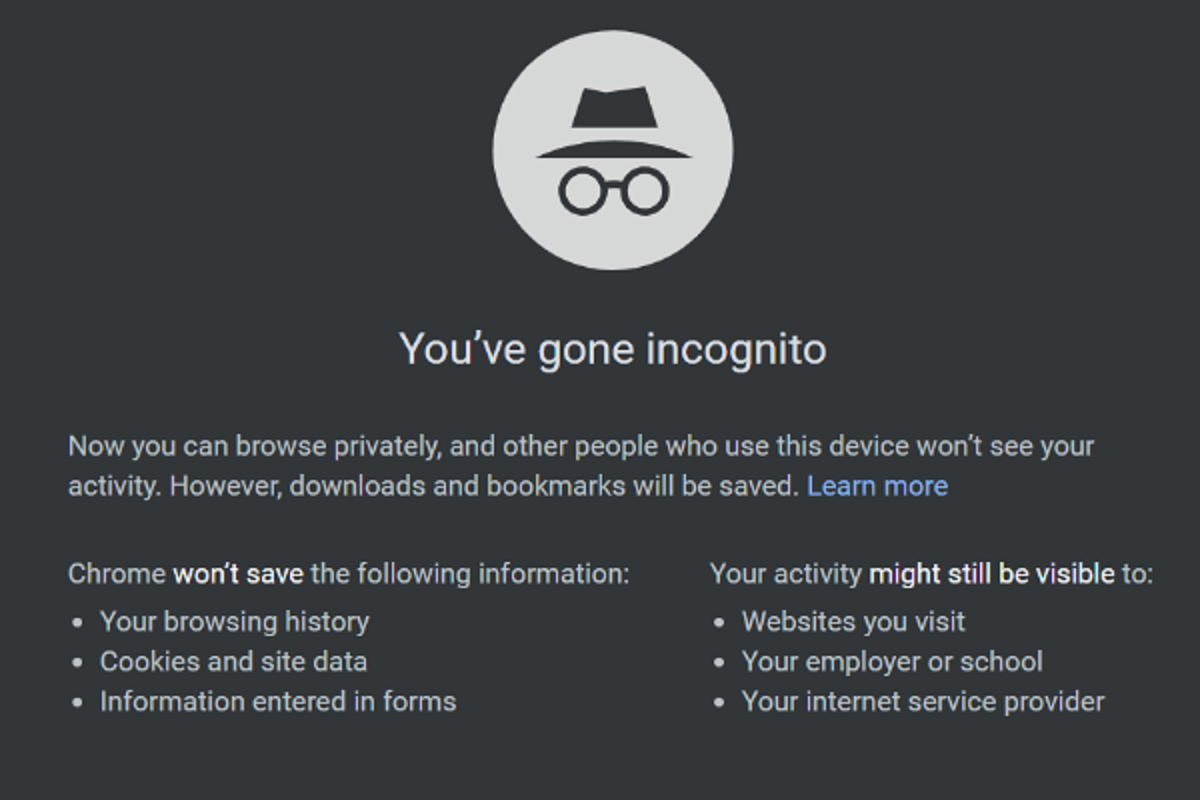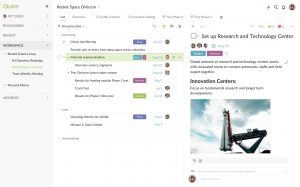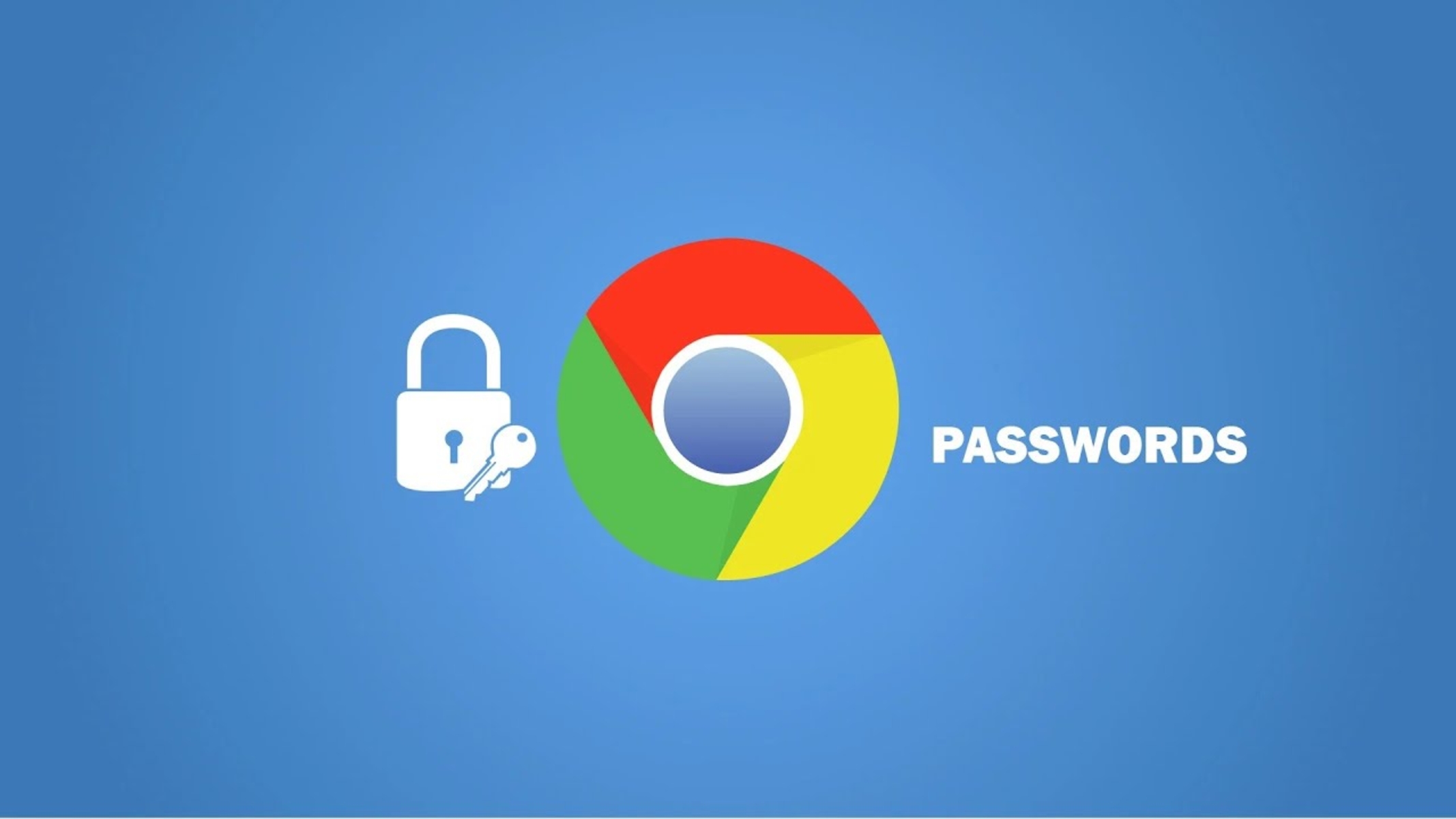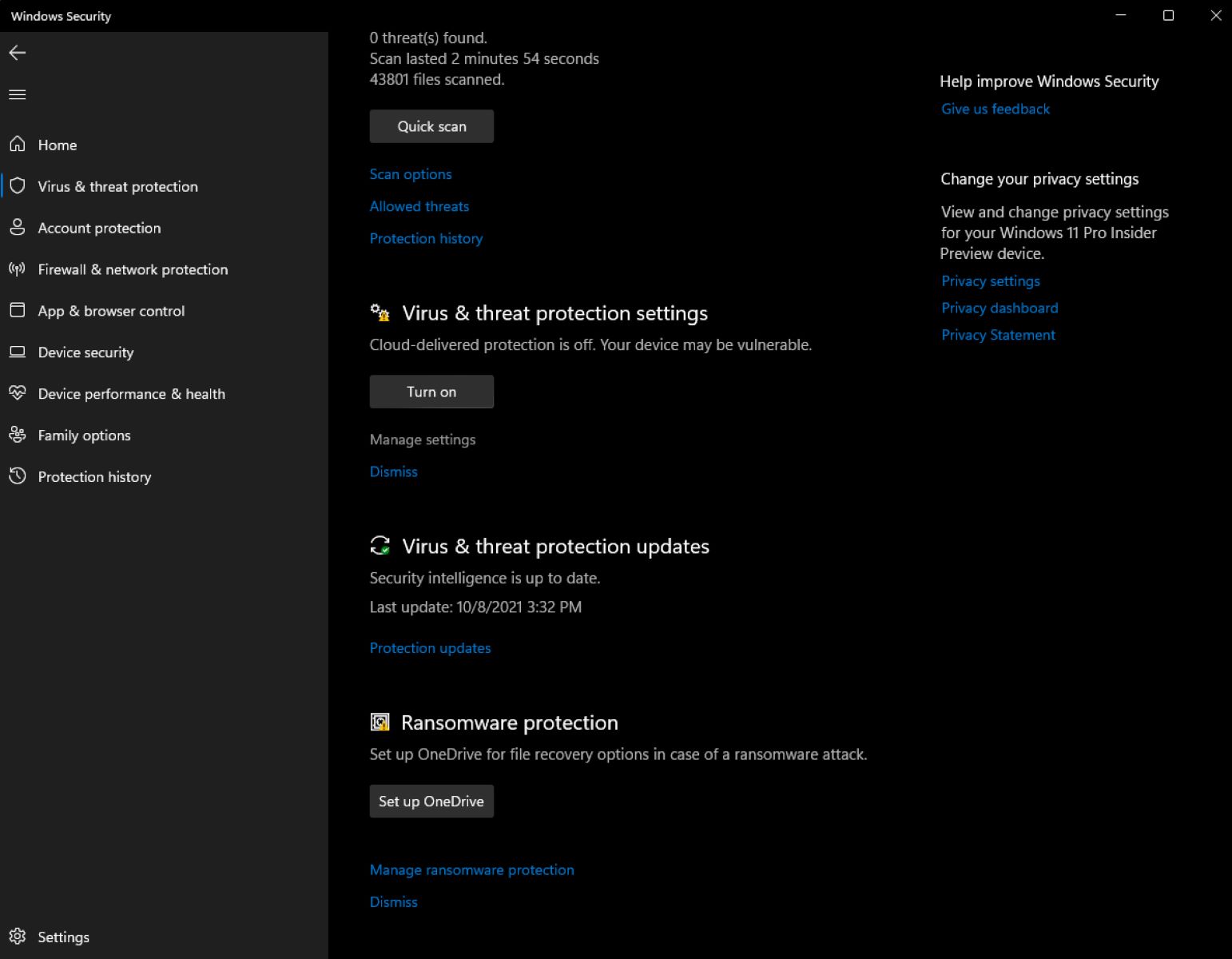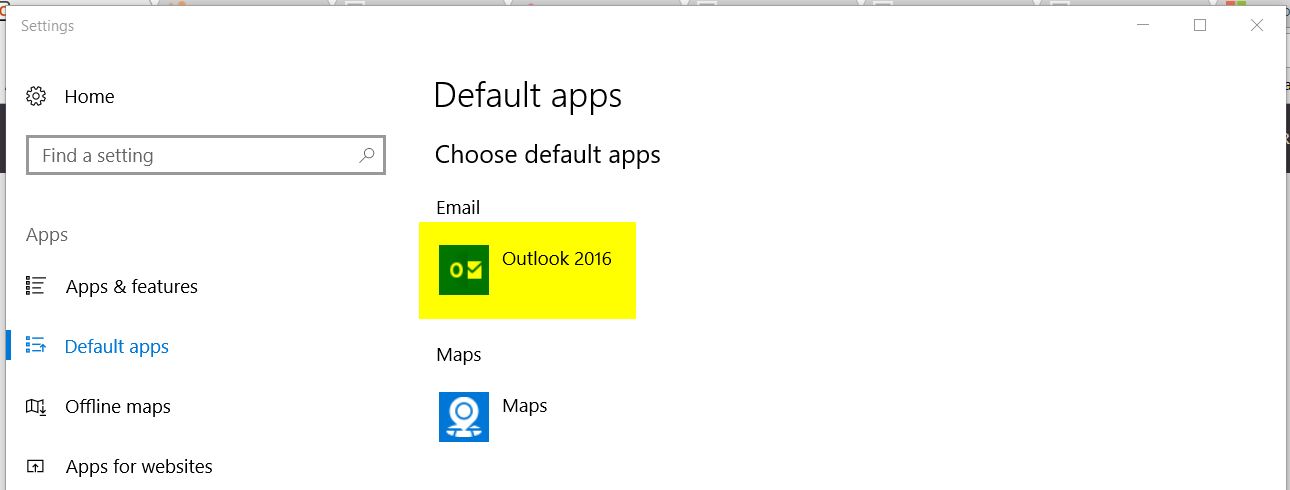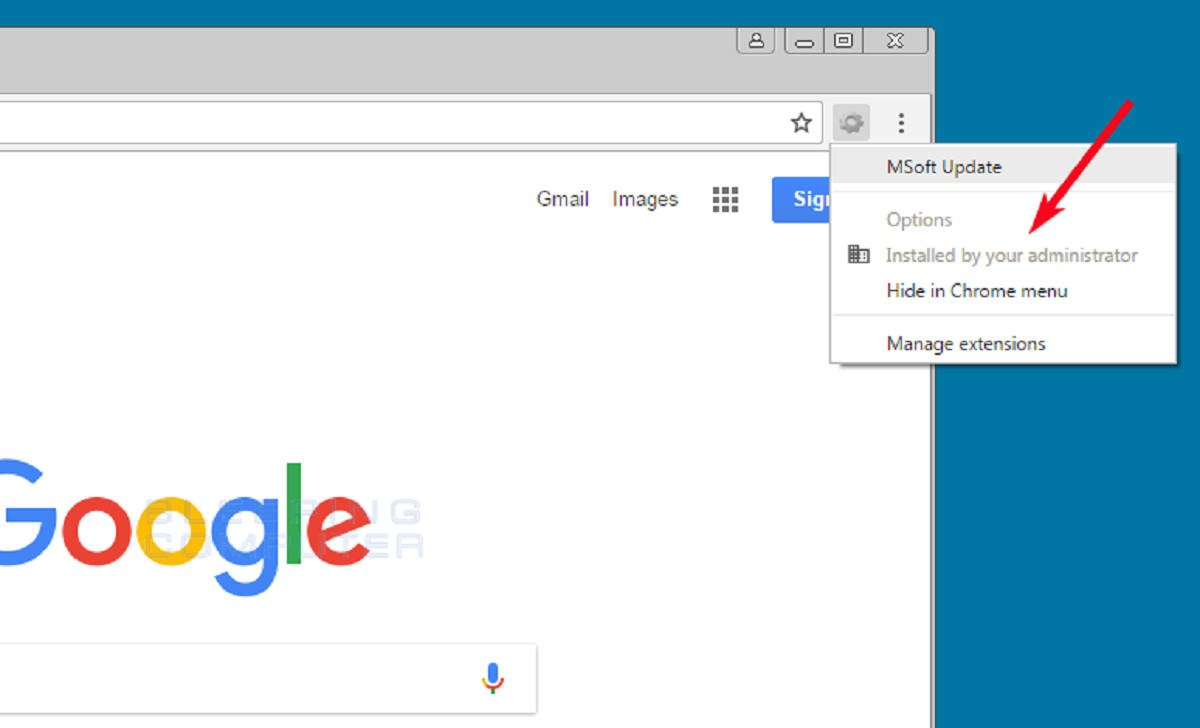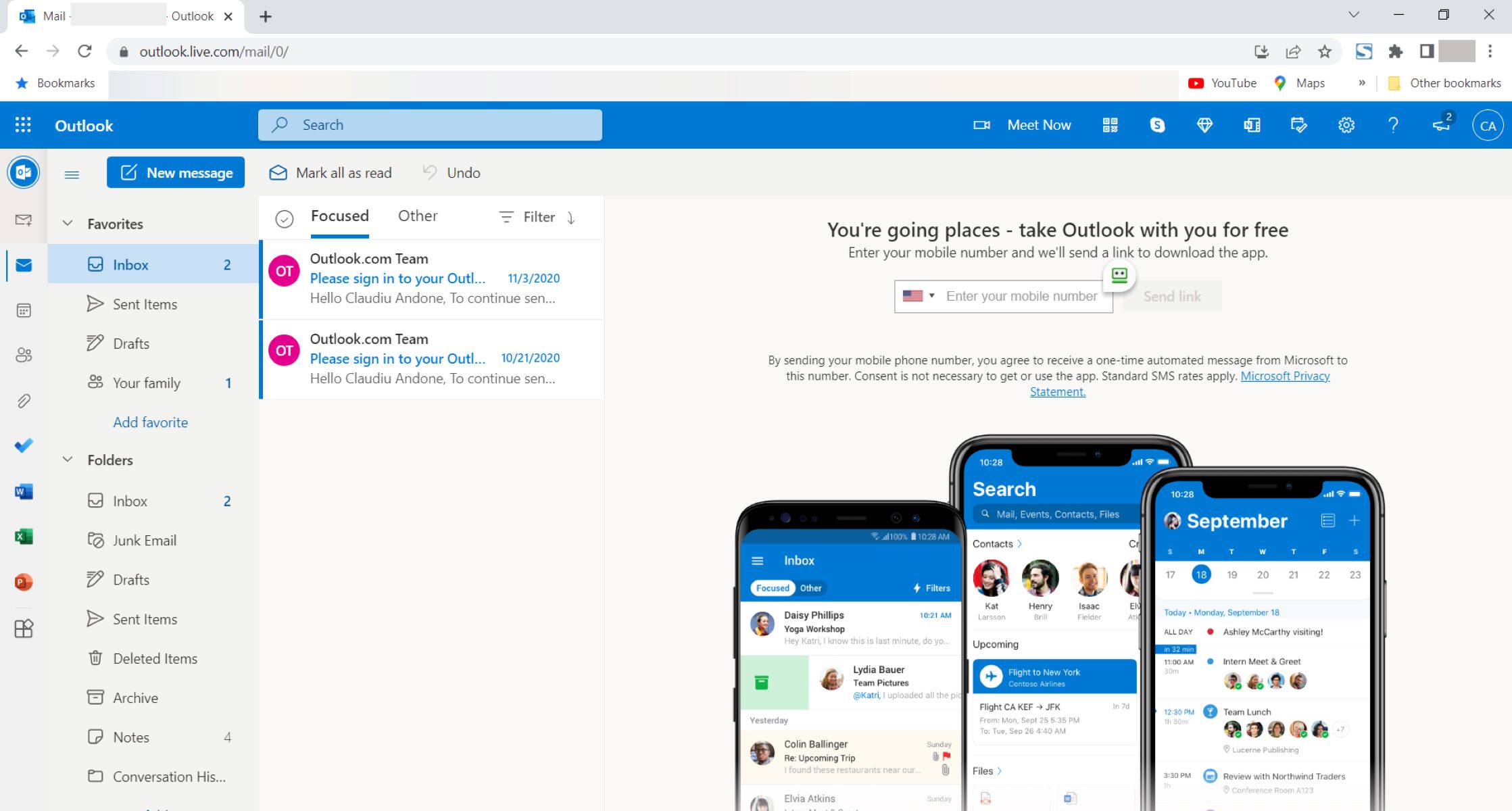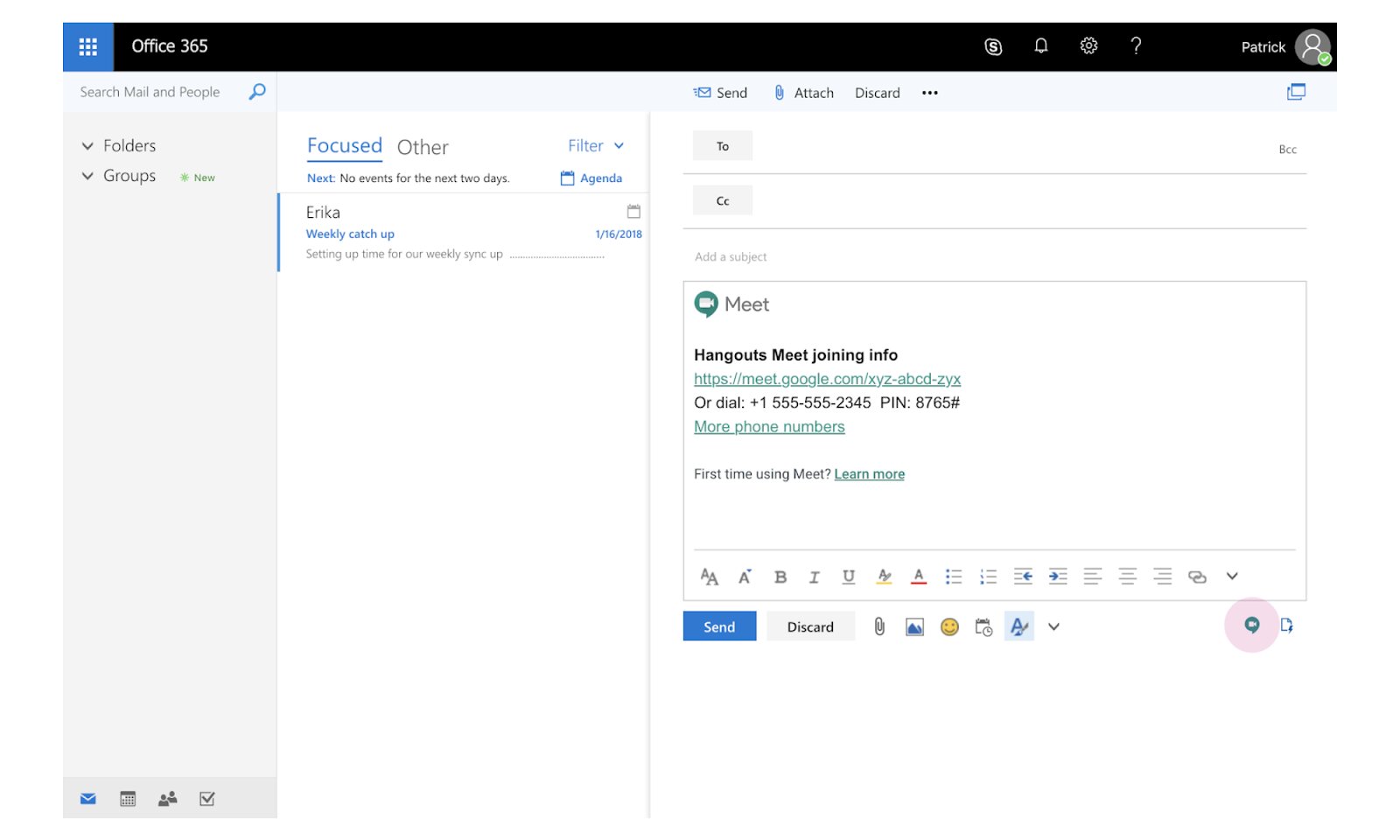Introduction
When it comes to accessing emails and staying organized, Outlook is a popular choice for many individuals and businesses. Its seamless integration with various platforms and user-friendly interface make it a go-to option for managing communication. However, there are instances when users encounter issues with accessing Outlook on their preferred web browser, such as Chrome. This can be frustrating and disruptive, especially when Outlook is a crucial tool for daily operations.
In this article, we will delve into the common reasons why Outlook may fail to open on Chrome and explore troubleshooting steps to address these issues. Whether you're a seasoned professional or a casual user, understanding the potential causes and solutions for this problem can help you regain seamless access to your Outlook account, ensuring that you stay connected and productive.
Let's embark on a journey to unravel the mysteries behind Outlook's reluctance to open on Chrome and equip ourselves with the knowledge to overcome this obstacle. By the end of this article, you'll be armed with valuable insights and practical solutions to tackle this issue head-on, reclaiming your ability to access Outlook effortlessly through your preferred web browser.
Possible Causes for Outlook Not Opening on Chrome
-
Browser Compatibility Issues: One of the primary reasons for Outlook failing to open on Chrome could be compatibility issues. Web applications like Outlook are designed to work seamlessly across various browsers, but sometimes, updates to the browser or the web application itself can lead to compatibility conflicts, resulting in access issues.
-
Browser Extensions: Certain browser extensions installed on Chrome might interfere with the functionality of Outlook. These extensions, intended to enhance browsing experience, can inadvertently disrupt the smooth operation of web-based applications like Outlook. Conflicting extensions may prevent Outlook from loading properly, causing frustration for users.
-
Cache and Cookies: Accumulated cache and cookies in the Chrome browser can sometimes hinder the proper functioning of web applications. When outdated or corrupted data is stored in the browser, it can lead to unexpected errors and prevent Outlook from opening as intended. Clearing the cache and cookies might resolve this issue.
-
Outdated Browser Version: Using an outdated version of the Chrome browser can also be a potential cause for Outlook not opening. New updates and features are regularly introduced to enhance browser performance and security. Failure to update Chrome to the latest version may result in compatibility issues with web applications like Outlook.
-
Network Connectivity: Unstable or poor network connectivity can impact the ability to access web-based applications. If the network connection is unreliable, it can lead to difficulties in loading Outlook on Chrome, causing frustration for users who rely on consistent access to their email accounts.
-
Security Software Interference: Overly strict security settings or conflicting security software on the device can sometimes prevent Outlook from opening on Chrome. While security measures are essential for protecting sensitive data, they can inadvertently block legitimate web applications, leading to access issues.
Understanding these potential causes for Outlook not opening on Chrome is crucial for effectively troubleshooting and resolving the issue. By identifying the underlying reasons behind this problem, users can take targeted steps to address each cause and restore seamless access to their Outlook accounts through the Chrome browser.
Troubleshooting Steps
Now that we've explored the potential causes behind Outlook's reluctance to open on Chrome, let's delve into the essential troubleshooting steps to address this issue effectively. By following these practical solutions, users can navigate through the complexities and restore seamless access to their Outlook accounts, ensuring uninterrupted communication and productivity.
-
Check Browser Compatibility: Begin by ensuring that the Chrome browser is up to date. Navigate to the browser's settings and select "About Chrome" to check for and install any available updates. Keeping the browser current can help resolve compatibility issues with web applications like Outlook.
-
Disable Browser Extensions: Temporarily disable all browser extensions and add-ons installed on Chrome. To do this, access the browser's extension settings and disable each extension individually. After disabling the extensions, attempt to open Outlook. If the issue is resolved, re-enable the extensions one by one to identify the specific extension causing the conflict.
-
Clear Cache and Cookies: Clearing the browser's cache and cookies can often resolve access issues. Navigate to Chrome's settings, select "Privacy and security," and then choose "Clear browsing data." Ensure that the options for clearing cache and cookies are selected, and then initiate the clearing process. Afterward, attempt to open Outlook to see if the issue has been resolved.
-
Update Browser Settings: Review the browser's settings and ensure that they are configured to support web applications like Outlook. Check for any browser settings that might be blocking or restricting the loading of web content and adjust them as needed to allow seamless access to Outlook.
-
Network Connectivity: Verify the stability of the network connection. If using a Wi-Fi connection, consider switching to a wired connection to rule out any potential wireless network issues. Additionally, restarting the router or modem can help resolve network connectivity issues that may be impacting access to web-based applications.
-
Security Software Configuration: Review the settings of any security software installed on the device, such as antivirus programs or firewall applications. Temporarily disable the security software and attempt to open Outlook on Chrome. If the issue is resolved, adjust the security software settings to allow Outlook to function without interference.
By following these troubleshooting steps, users can systematically address the potential causes for Outlook not opening on Chrome and work towards resolving the issue. Each step is designed to target specific areas that commonly contribute to access issues, empowering users to regain seamless access to their Outlook accounts through the Chrome browser.
Remember, patience and persistence are key when troubleshooting technical issues. By methodically working through these steps and identifying the root cause, users can overcome the challenge of Outlook's reluctance to open on Chrome, ensuring a smooth and efficient email management experience.
Conclusion
In conclusion, the frustration of encountering issues with accessing Outlook on Chrome can be a significant disruption to daily productivity and communication. However, by understanding the potential causes and implementing targeted troubleshooting steps, users can effectively overcome this obstacle and restore seamless access to their Outlook accounts.
It's essential to recognize that browser compatibility issues, conflicting browser extensions, accumulated cache and cookies, outdated browser versions, network connectivity issues, and security software interference are common culprits behind Outlook's reluctance to open on Chrome. By acknowledging these factors, users can approach the troubleshooting process with a clear understanding of the underlying issues.
The troubleshooting steps outlined in this article provide a systematic approach to addressing each potential cause, empowering users to navigate through the complexities and identify the specific factors contributing to the access issue. By checking browser compatibility, disabling browser extensions, clearing cache and cookies, updating browser settings, verifying network connectivity, and reviewing security software configurations, users can methodically work towards resolving the issue and regaining seamless access to their Outlook accounts through the Chrome browser.
Patience and persistence are key when dealing with technical challenges. By following the troubleshooting steps and remaining diligent in the pursuit of a solution, users can effectively address the underlying causes and restore the functionality of Outlook on Chrome. This not only ensures uninterrupted access to email communication but also contributes to a smoother and more efficient workflow.
Ultimately, the ability to troubleshoot and resolve access issues with Outlook on Chrome empowers users to maintain seamless communication, stay organized, and enhance productivity. By equipping oneself with the knowledge and practical solutions to tackle this challenge, users can navigate through technical hurdles with confidence, ensuring that their essential tools, such as Outlook, remain accessible and reliable.
In the ever-evolving landscape of technology, encountering access issues with web applications is not uncommon. However, with a proactive and informed approach to troubleshooting, users can overcome these challenges and continue to leverage the full potential of tools like Outlook, fostering efficient communication and productivity in both personal and professional spheres.







